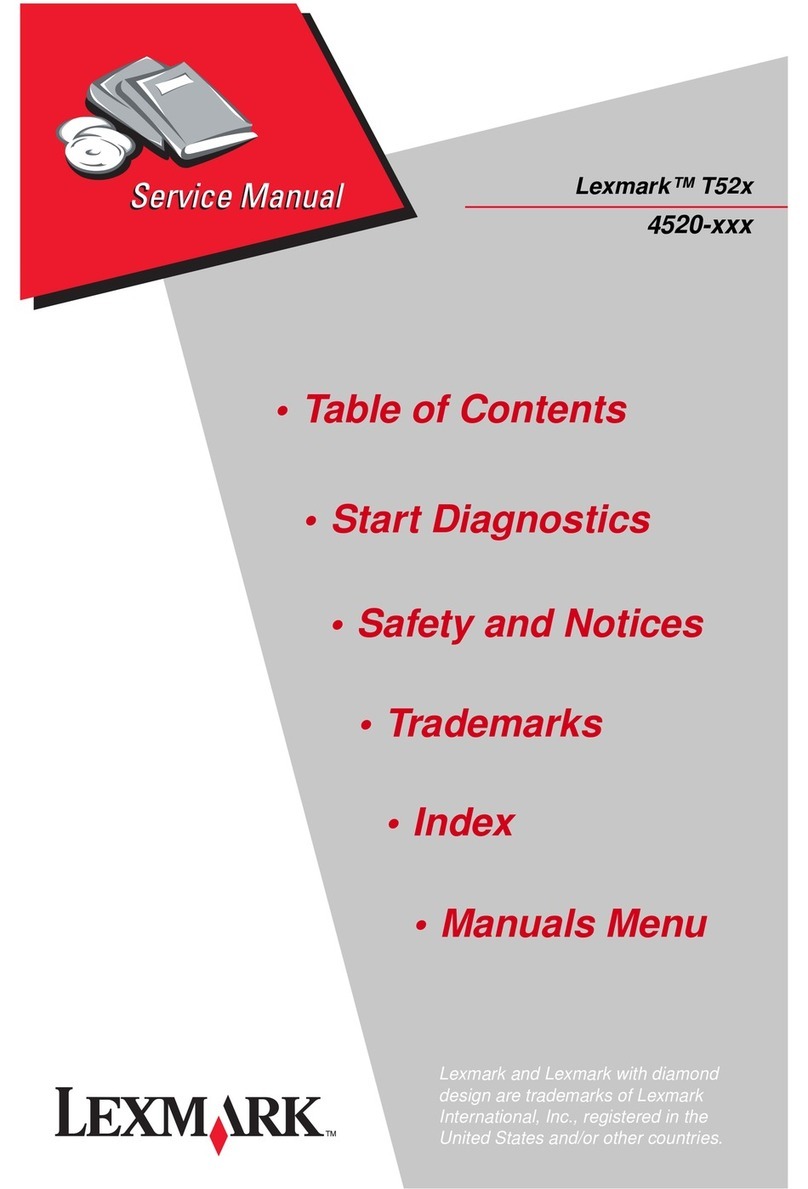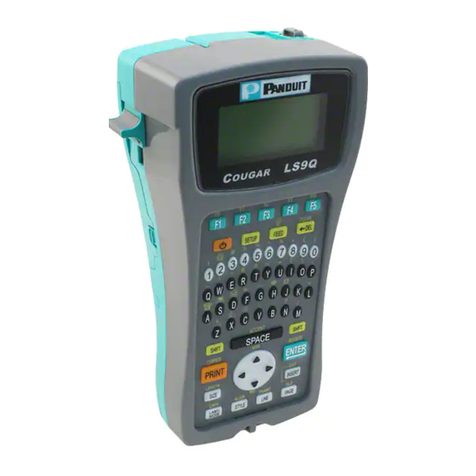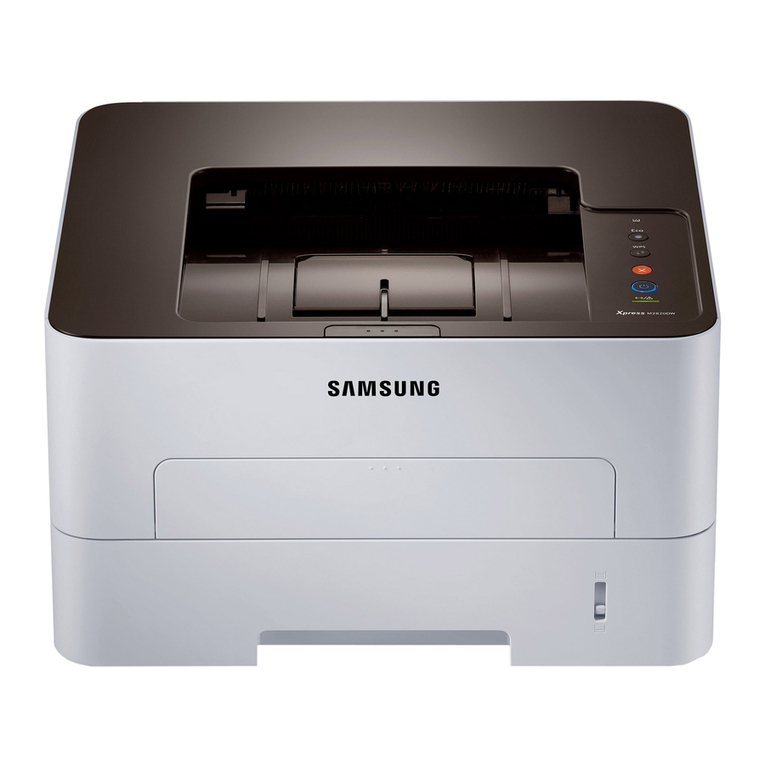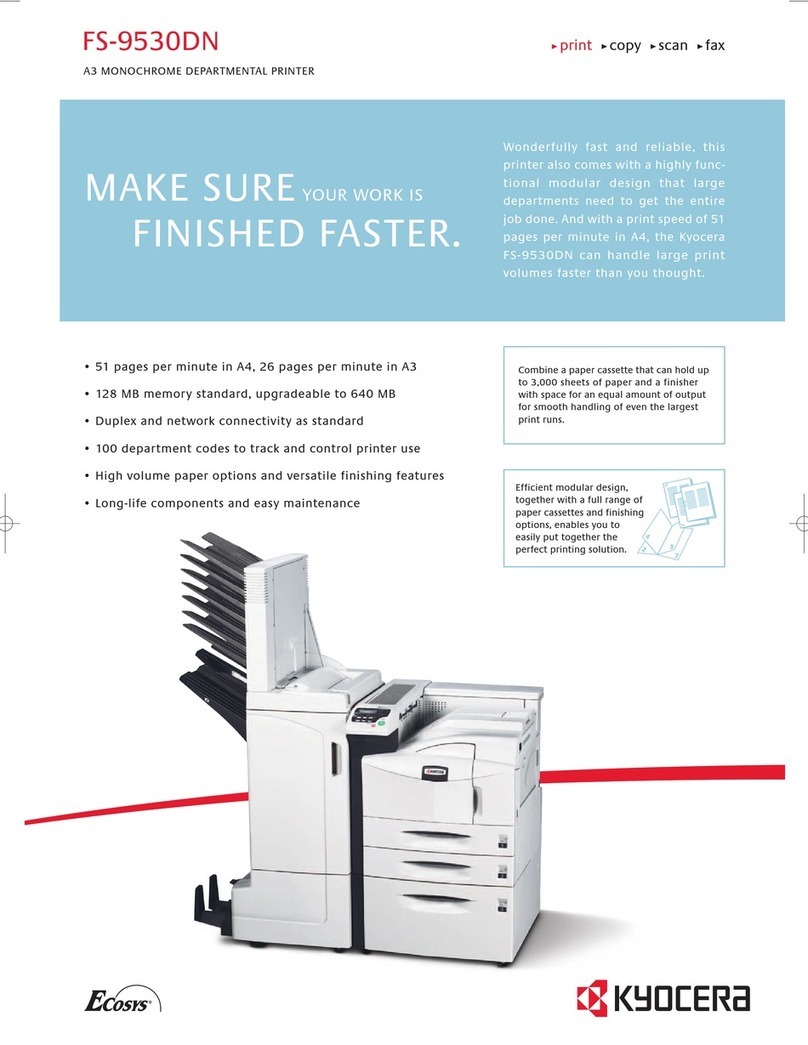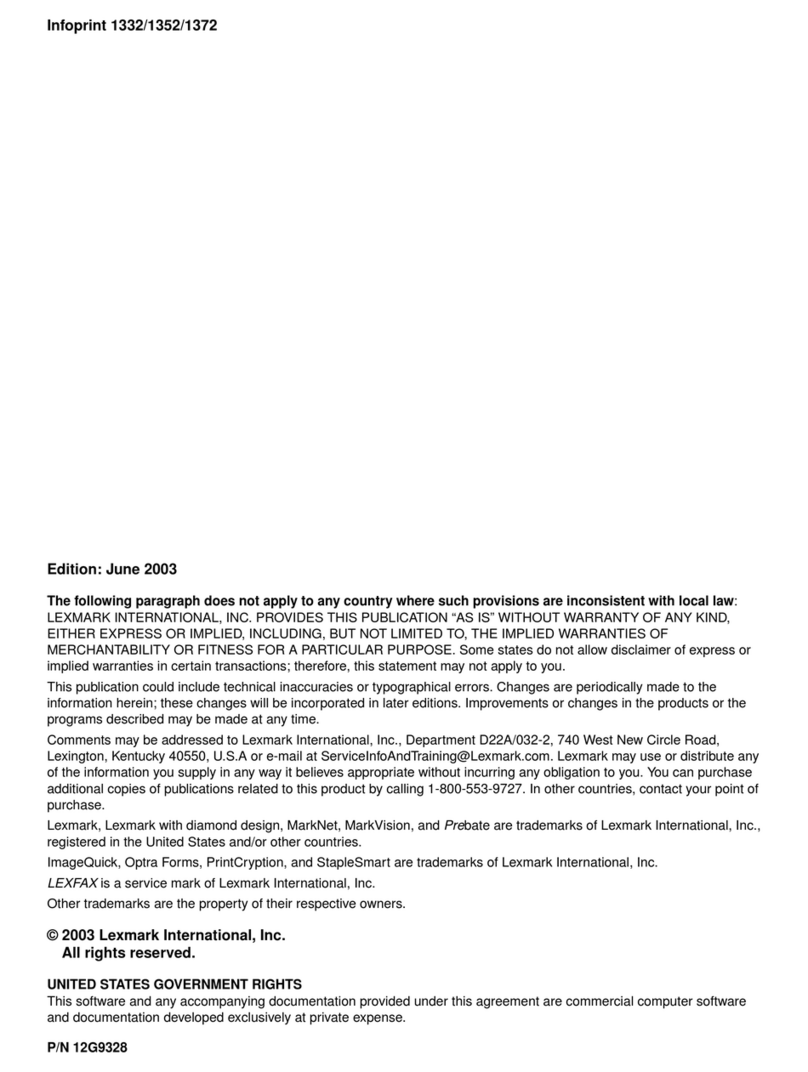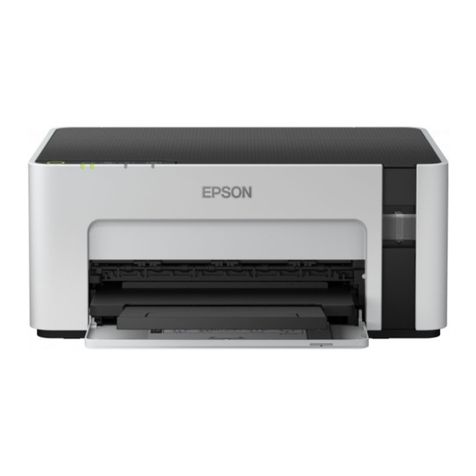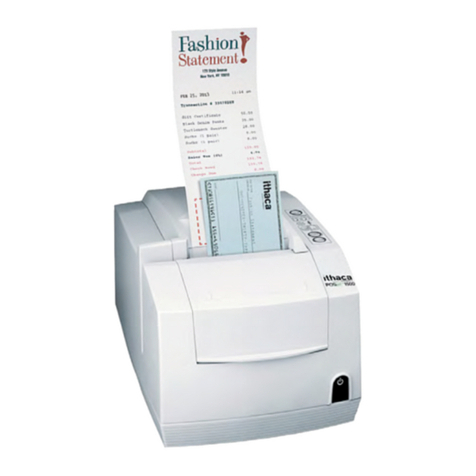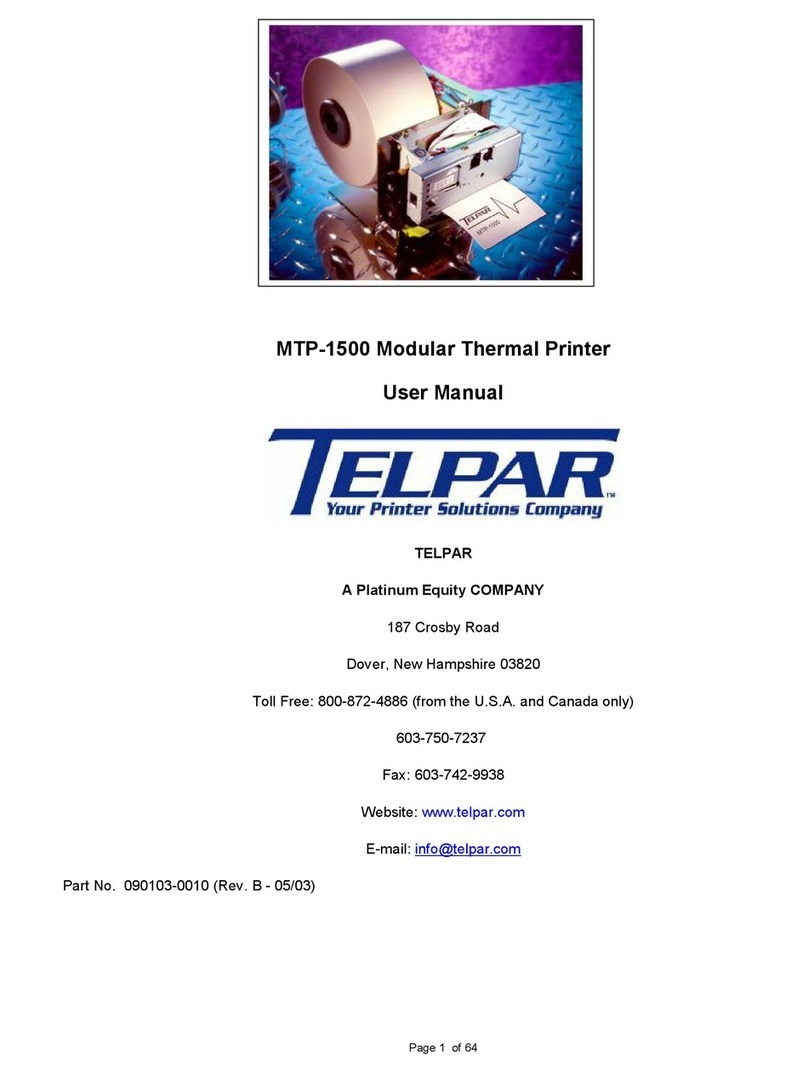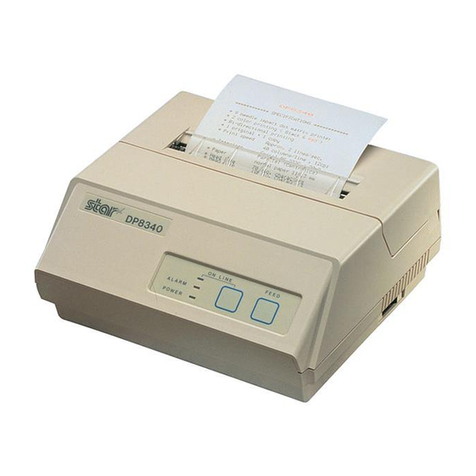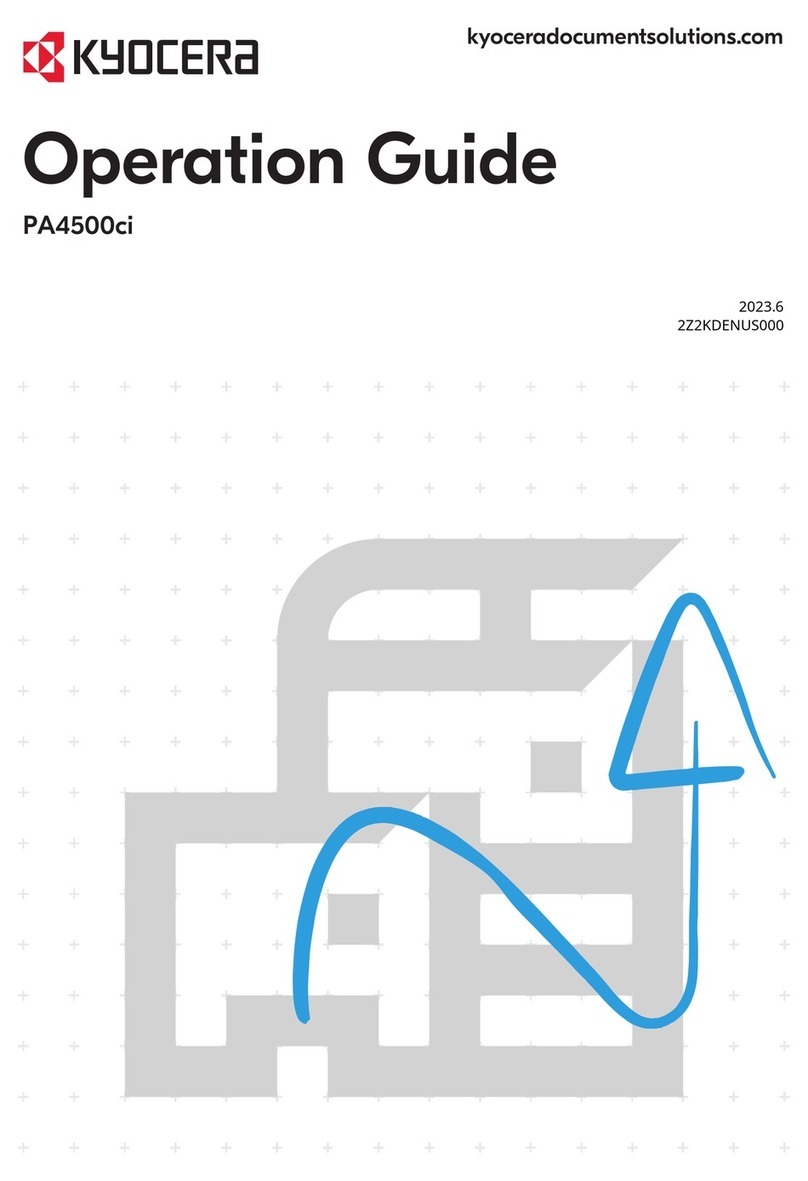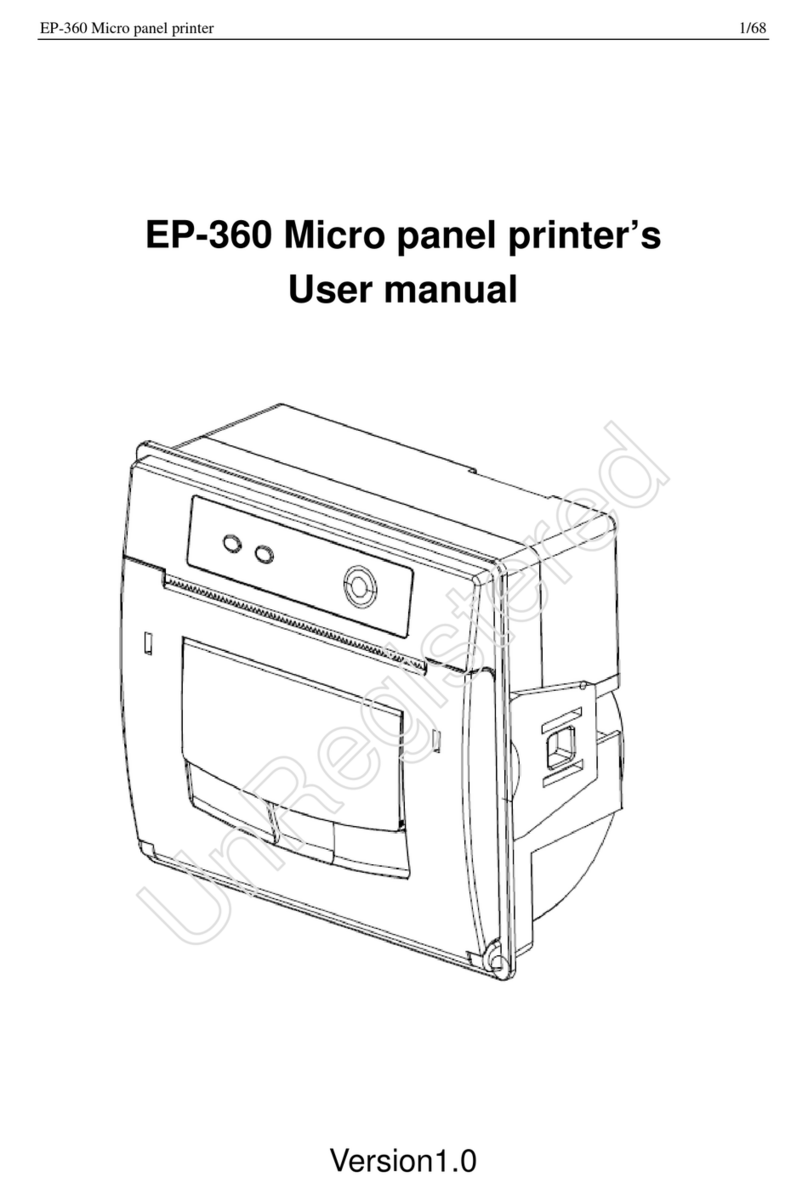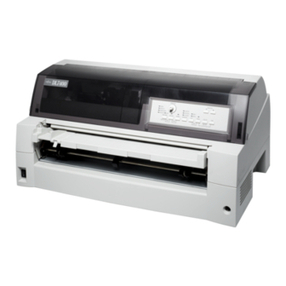Riso RN SERIES User manual
Other Riso Printer manuals
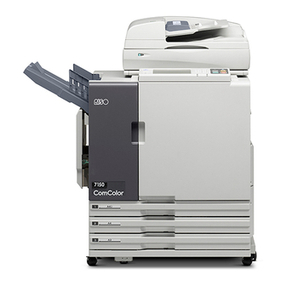
Riso
Riso Comcolor X1 Series User manual
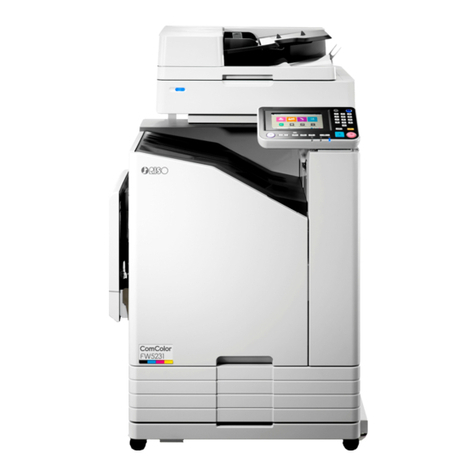
Riso
Riso ComColor FW5230 User manual

Riso
Riso Comcolor X1 Series User manual

Riso
Riso HC5000 Product guide

Riso
Riso VALEZUS T1200 User manual

Riso
Riso HC5500T User manual
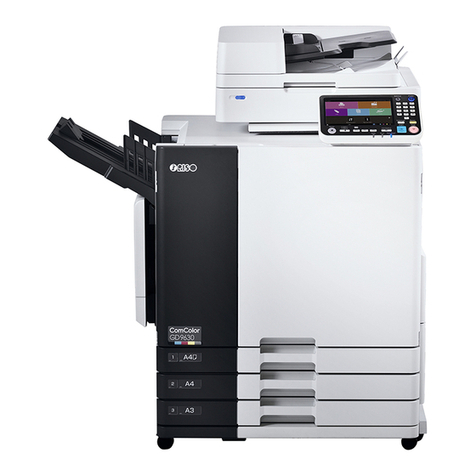
Riso
Riso ComColor GD9630 User manual
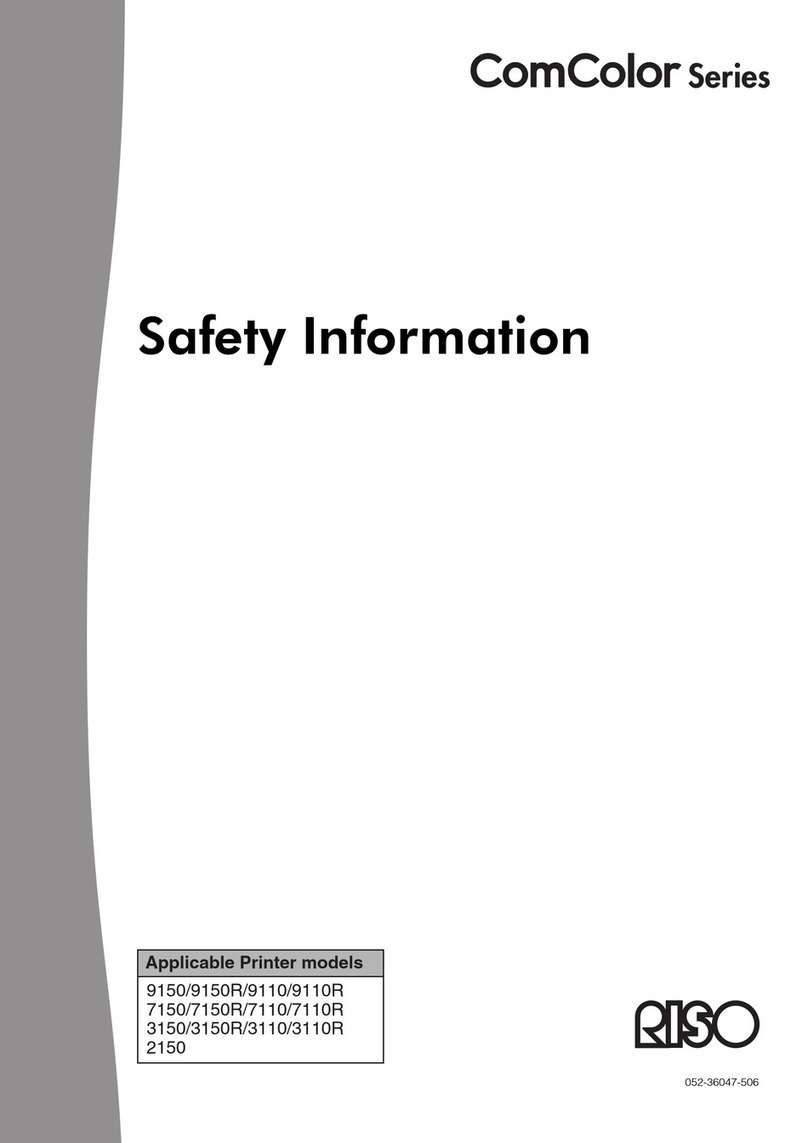
Riso
Riso ComColor 9150 Original instructions

Riso
Riso 9450 User manual

Riso
Riso VALEZUS T1200 Service manual
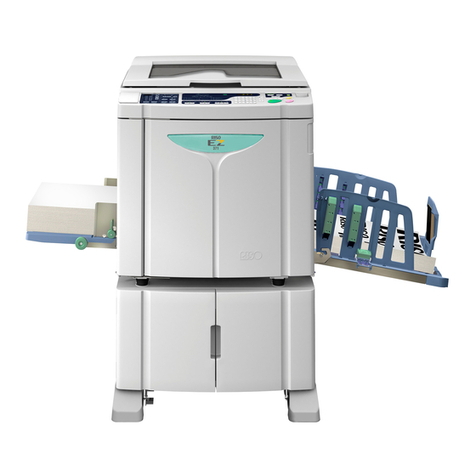
Riso
Riso RZ Series User manual
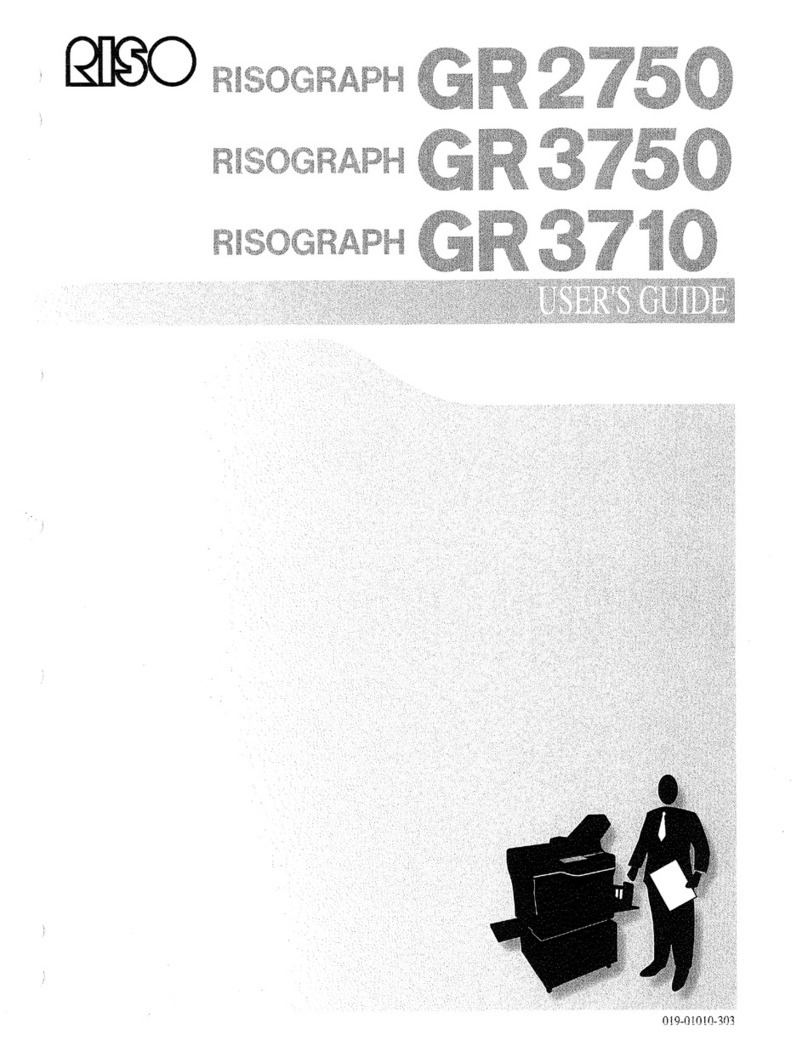
Riso
Riso GR2750 User manual
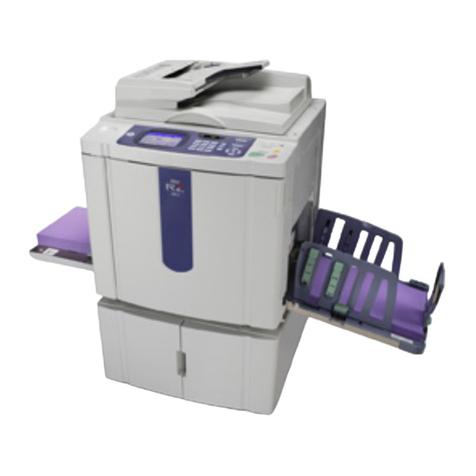
Riso
Riso RZ9 Series User manual

Riso
Riso 9050 User guide
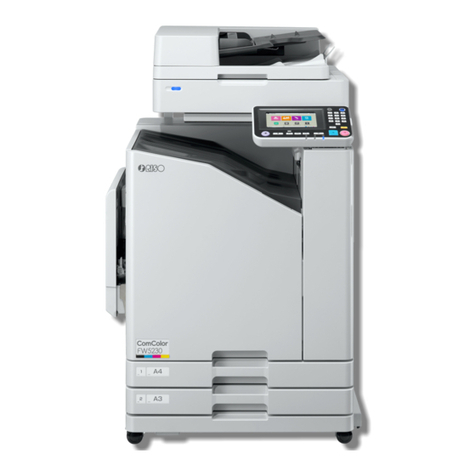
Riso
Riso ComColor FW Series User manual
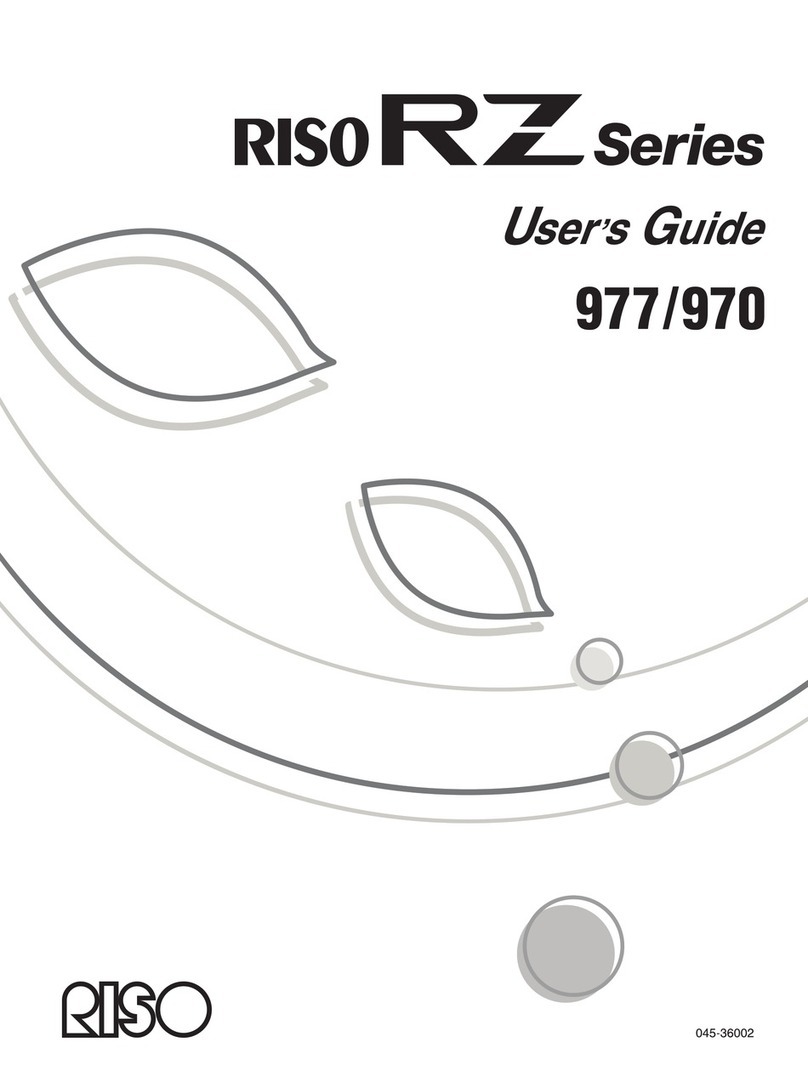
Riso
Riso RZ 970 Series User manual

Riso
Riso CZ180 Series User manual
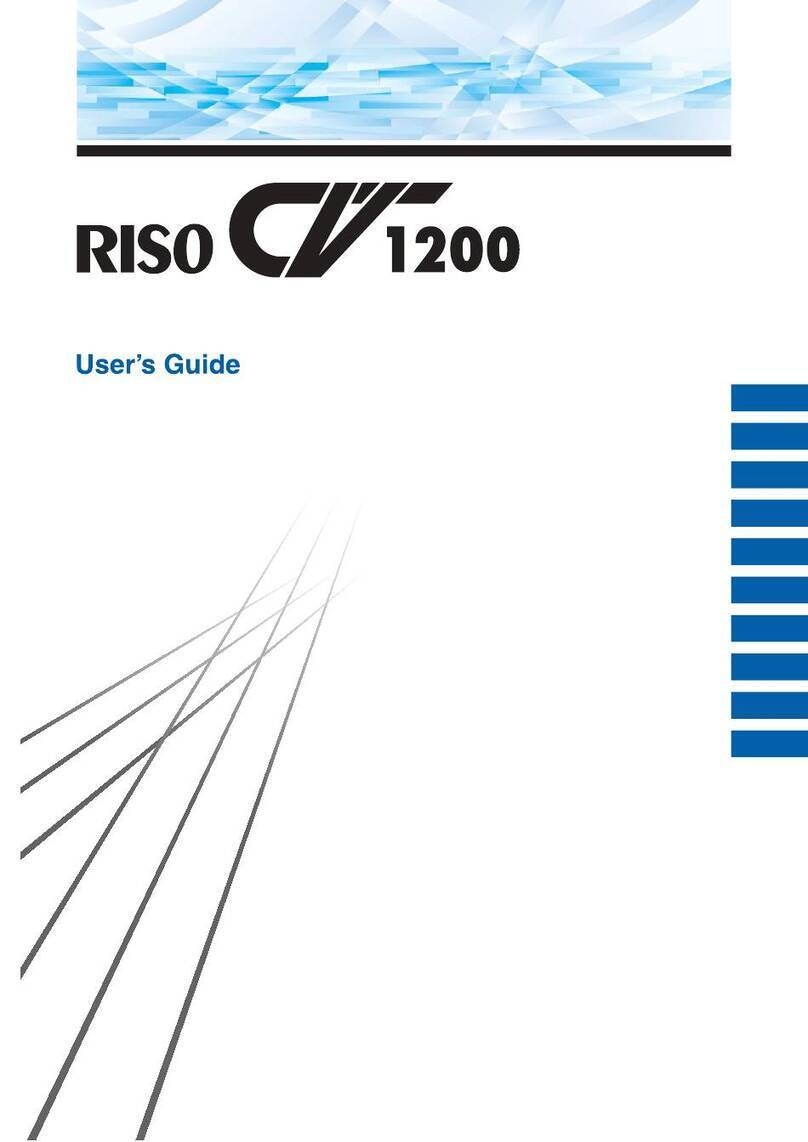
Riso
Riso CV1200W User manual
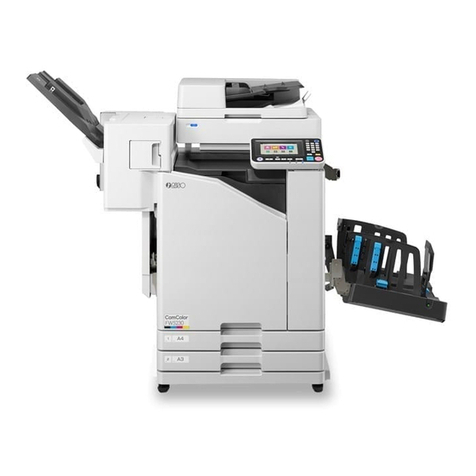
Riso
Riso Comcolor X1 Series User manual
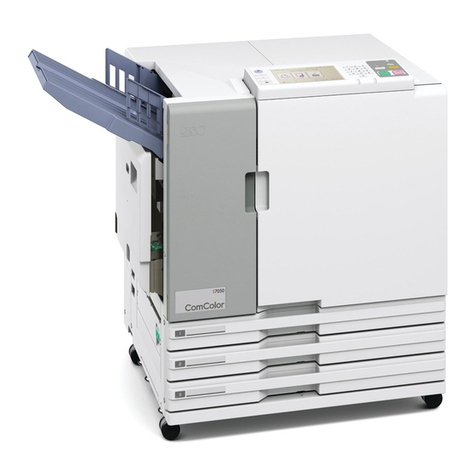
Riso
Riso Comcolor Series User manual





